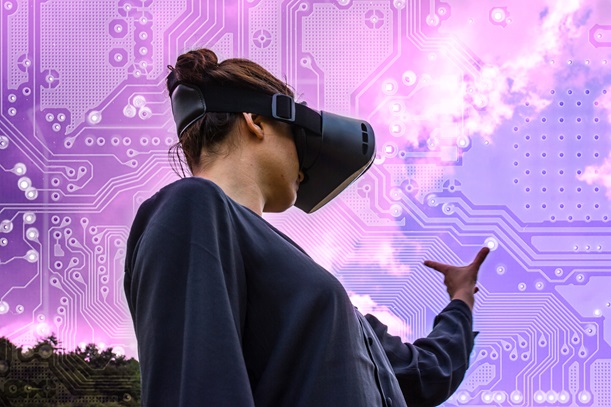
From board games to virtual reality, gaming has evolved into a powerful form of entertainment and social interaction. Gaming technology is also being harnessed to solve real-world problems.
With next-gen consoles capable of displaying game graphics in 4K resolution, developers are looking for ways to push the limits of gaming technology. One of the most promising approaches is artificial intelligence.
AI
AI is changing gaming technology and revolutionizing the way games are designed, developed, and played. The technology allows developers to create more immersive and engaging experiences for players, which can result in increased game sales and revenue. The use of ML and AI in gaming can also help reduce development costs by automating repetitive tasks and improving productivity.
The future of gaming is highly likely to be dominated by artificial intelligence. This technology could allow gamers to play games that are tailored to their personal interests and preferences. It may even allow them to control the characters in their games with their voice. This would open up a whole new world of possibilities for gaming and take the industry to a completely different level.
One of the biggest challenges for game developers is balancing gameplay difficulty and keeping file sizes compatible with the technology that consumers are expected to own. AI can help solve these problems by analyzing a player’s behavior and creating new content. Moreover, it can also detect cheating and other fraudulent activities that can damage the gaming experience for all gamers. It can even improve monetization by providing data on how users perform in the game and which features are most successful. This data can be used to optimize UA campaigns and generate more revenue.
VR
VR is a gaming technology that allows players to immerse themselves in a virtual environment using a headset with a screen and hand controllers. In the past, gaming was confined to a single, unmoving screen and limited by what could be created for that one space. VR takes the idea of gaming and expands it into a new dimension, and developers who specialize in this field have pushed the technology forward.
However, VR gaming has a number of technical challenges that need to be overcome. These include the field of view (FOV), refresh rate, and positional tracking. FOV measures how much of the virtual world is visible at any one time, while refresh rate dictates the smoothness of images displayed on the headset. VR systems with low refresh rates can cause motion sickness in users. Positional tracking ensures that the movement of the user’s head is correctly matched with the movement of their character in the game.
There are a few studies that examine the factors that influence VR gaming enjoyment, including perceived natural mapping, interactivity, and display quality. Most of these studies use the self-determination theory (SDT) as a framework, which is a psychological theory that explains pleasure and well-being on the basis of the satisfaction of basic needs.
Metaverse
The metaverse is a virtual space where users can interact in real time with other players. This new gaming technology is gaining popularity among gamers, and developers are incorporating it into their games. However, the metaverse is not without its challenges. Some of these include privacy concerns and security. This is why it is important to choose an outsourcing partner that is experienced in metaverse development and has a good track record.
Some of the biggest companies in the world are investing heavily in the metaverse. They believe that the technology will have a huge impact on the future of gaming and other industries. This includes Microsoft, Google, and Facebook. It will also allow people to connect with each other in a more realistic way. It will also enable e-commerce and other types of transactions.
The metaverse will be powered by edge computing, which allows data to be captured and stored locally rather than in the cloud. This will help solve problems with bandwidth and latency. Additionally, hardware devices like headsets and gloves will be used to merge the physical and virtual worlds. This will make it possible for users to carry their virtual items with them to different environments. In addition, augmented reality will provide additional information on the user’s physical surroundings.